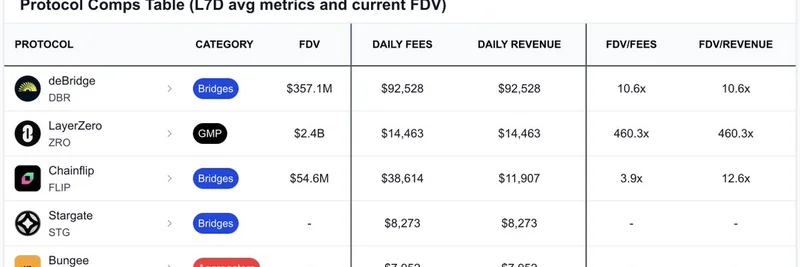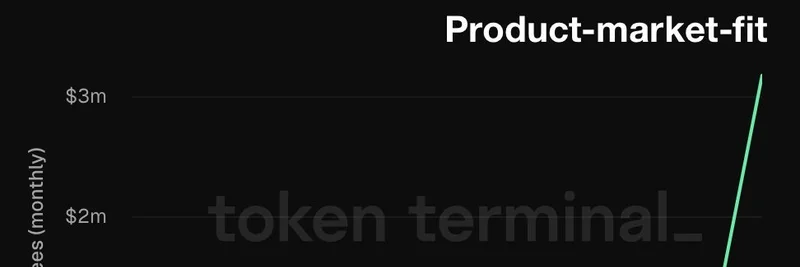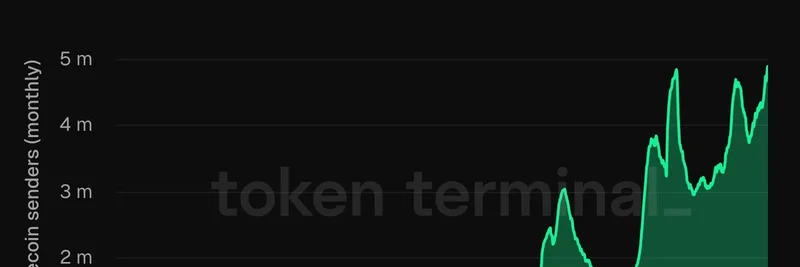In the fast-paced world of crypto, reliability can make or break a project – especially when centralized exchanges (CEXes) go down. A recent tweet from Fabiano Solana highlights how deBridge, a powerhouse in decentralized bridging, stayed online and fully functional during recent outages. As the largest decentralized bridge out there, it's pulling in around $100K in daily revenue, all funneled straight into buying back its native token, $DBR. This setup has folks buzzing about its potential, especially with ties to the thriving Solana ecosystem.
Why deBridge Stands Out in Tough Times
Decentralized bridges like deBridge act as connectors between different blockchains, letting users transfer assets seamlessly without relying on central authorities. Unlike CEXes, which can suffer from downtime due to technical glitches or overloads, deBridge's decentralized nature keeps it humming along. Fabiano's post points out this edge: while big exchanges were inaccessible, deBridge users could keep bridging assets without a hitch.
This resilience isn't just talk – it's backed by solid metrics. Check out this comparison table shared in the tweet, showing last 7-day average metrics and current fully diluted valuations (FDV) for top protocols:
From the data, deBridge leads with a $357M FDV and $92K in daily fees (which match its revenue since all fees go to buybacks). Its FDV-to-fees ratio sits at a modest 10.6x, making it look undervalued compared to giants like LayerZero, which boasts a $2.4B FDV but only $14K in daily fees – a whopping 460.3x ratio. Other players like Chainflip and Stargate trail in revenue, while aggregators like Bungee show lower activity.
The Power of Revenue-Driven Buybacks
What really amps up the bullish case for deBridge is its revenue model. Every dollar earned from fees gets used to buy back $DBR tokens from the market. This creates constant buying pressure, potentially driving up the token's value over time. In a market where many projects burn fees or distribute them unevenly, deBridge's approach rewards holders directly by reducing supply.
For Solana enthusiasts, this is huge. Solana's ecosystem is exploding with meme tokens and DeFi innovations, and reliable bridges are key to moving liquidity in and out. Think about it: if you're trading hot Solana memes like Pump.fun launches or bridging assets for yield farming, deBridge ensures you don't miss a beat. Its integration with Solana positions it perfectly for the chain's high-speed, low-cost environment, which has fueled the rise of countless viral tokens.
Community Reactions and Broader Implications
The tweet sparked a wave of replies, with users praising deBridge's reliability and buyback strategy. One commenter noted, "deBridge = reliable partner," while others highlighted its "onchain resilience." Even skeptics are eyeing the numbers, with talks of price corrections upward due to the impressive revenue stream.
In the bigger picture, this underscores a shift toward decentralized infrastructure. As regulatory pressures mount on CEXes, tools like deBridge could become go-tos for traders and developers. For meme token hunters on Solana, it means smoother cross-chain plays, potentially boosting adoption of fun, community-driven projects.
If you're diving into Solana DeFi or scouting undervalued gems, deBridge's setup screams opportunity. Keep an eye on $DBR – with daily buybacks and rock-solid uptime, it's geared for growth in 2025 and beyond. For more insights on Solana memes and blockchain bridges, stick around at Meme Insider.




